Top speed 500 km/h Length 27 m First flight April 7, 1959 | Wingspan 10 m Engine type Tumansky RD-9 Manufacturer Tsybin | |
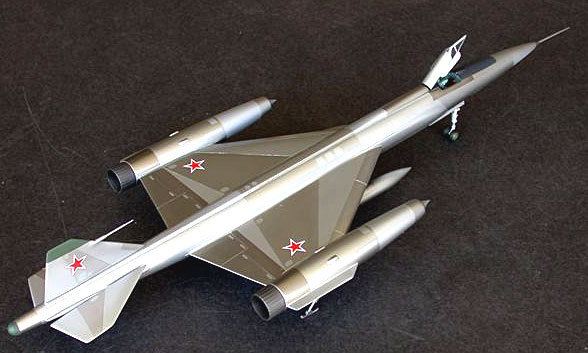 | ||
The Tsybin RSR (Reactivnyi Strategicheskii Razvedchik) was a Soviet design for an advanced, long-range, Mach 3 strategic reconnaissance aircraft.
Contents
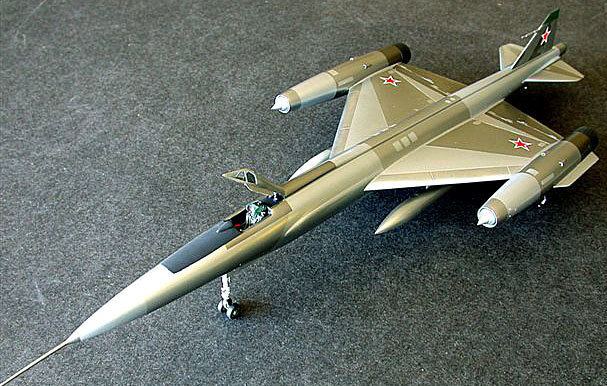
Development and design

In 1954, the design bureau headed by Pavel Tsybin started development of a ramjet powered supersonic strategic bomber, the RS. This design proved impracticable, and a smaller derivative, the 2RS was proposed, which would achieve intercontinental range by being air launched from a modified Tupolev Tu-95 bomber.
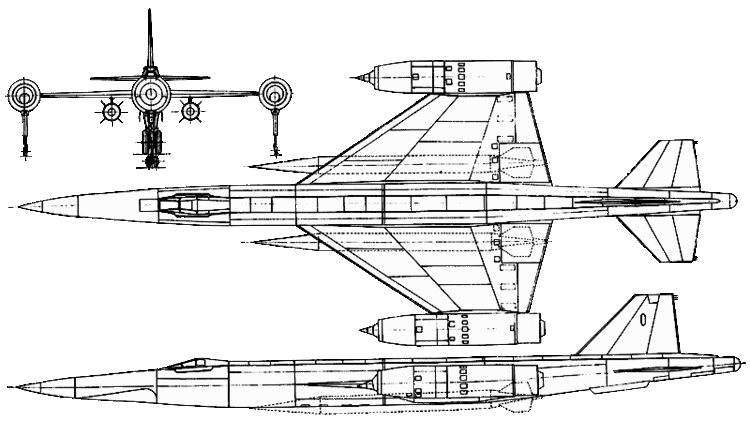
This too was unsuccessful, with the aircraft unable to return to base if used on an intercontinental mission, while being incapable of carrying a thermonuclear bomb. The design was therefore revised again to a reconnaissance aircraft capable of operating from conventional runways, the RSR. As ramjets could not be used for take-off, they were replaced by turbofans.
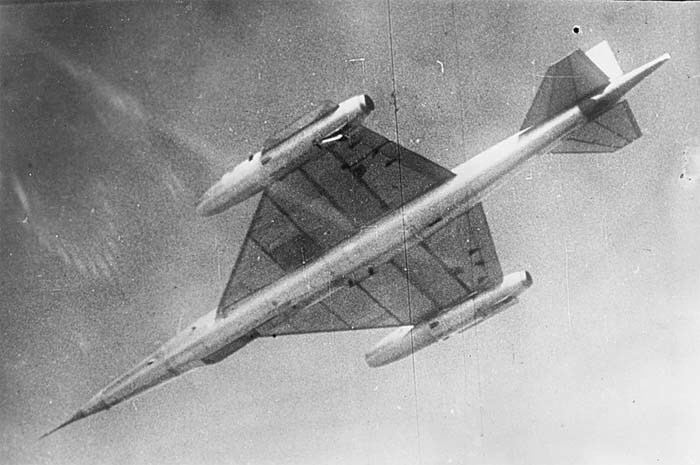
The RSR was primarily of aluminium construction, with a long circular section fuselage, which housed a pressurized cabin for the pilot together with cameras and fuel, with thin, low aspect ratio trapezoidal wings. The engines, two Soloviev D-21 turbofans, were mounted at the tips of the wings. The aircraft had a bicycle undercarriage, with outriggers under the engine nacelles. It was planned to cruise at greater than Mach 2 at a height of 20,000 m (65,600 ft) giving a range of 3,760 km (2,340 mi).
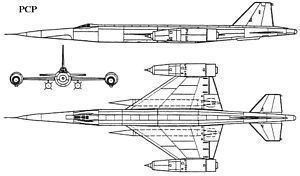
A simplified, full sized aerodynamic prototype for the novel layout, the NM-1 was built in 1957. Intended for low-speed handling tests, the NM-1 had a steel-tube fuselage with duraluminium and plywood skinning. This aircraft, powered by two Mikulin AM-5 turbojets first flew on 7 April 1959. Based on the results of these trials, the RSR was redesigned (as the R-020) to make it more manoeuvrable at high altitude (it was proposed to carry out barrel rolls to avoid surface-to-air missiles). More conventional Tumansky R-11 turbojets (the engine used in the MiG-21) replaced the unavailable Soloviev turbofans. Five R-020 airframes were virtually complete, only awaiting engines by April 1961, with another 10 planned when Soviet Premier Nikita Khrushchev cancelled the program.
Specifications (NM-1)
Data from The Osprey Encyclopedia of Russian Aircraft 1875 - 1995
General characteristics
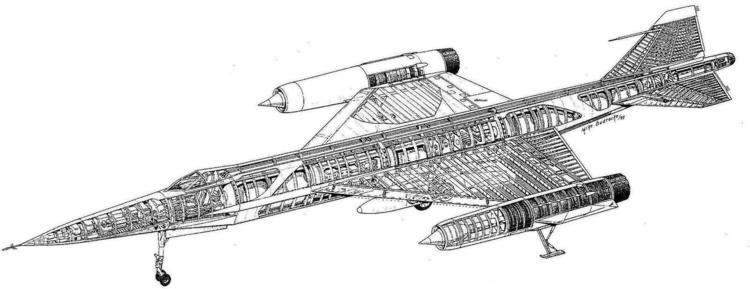
Performance
